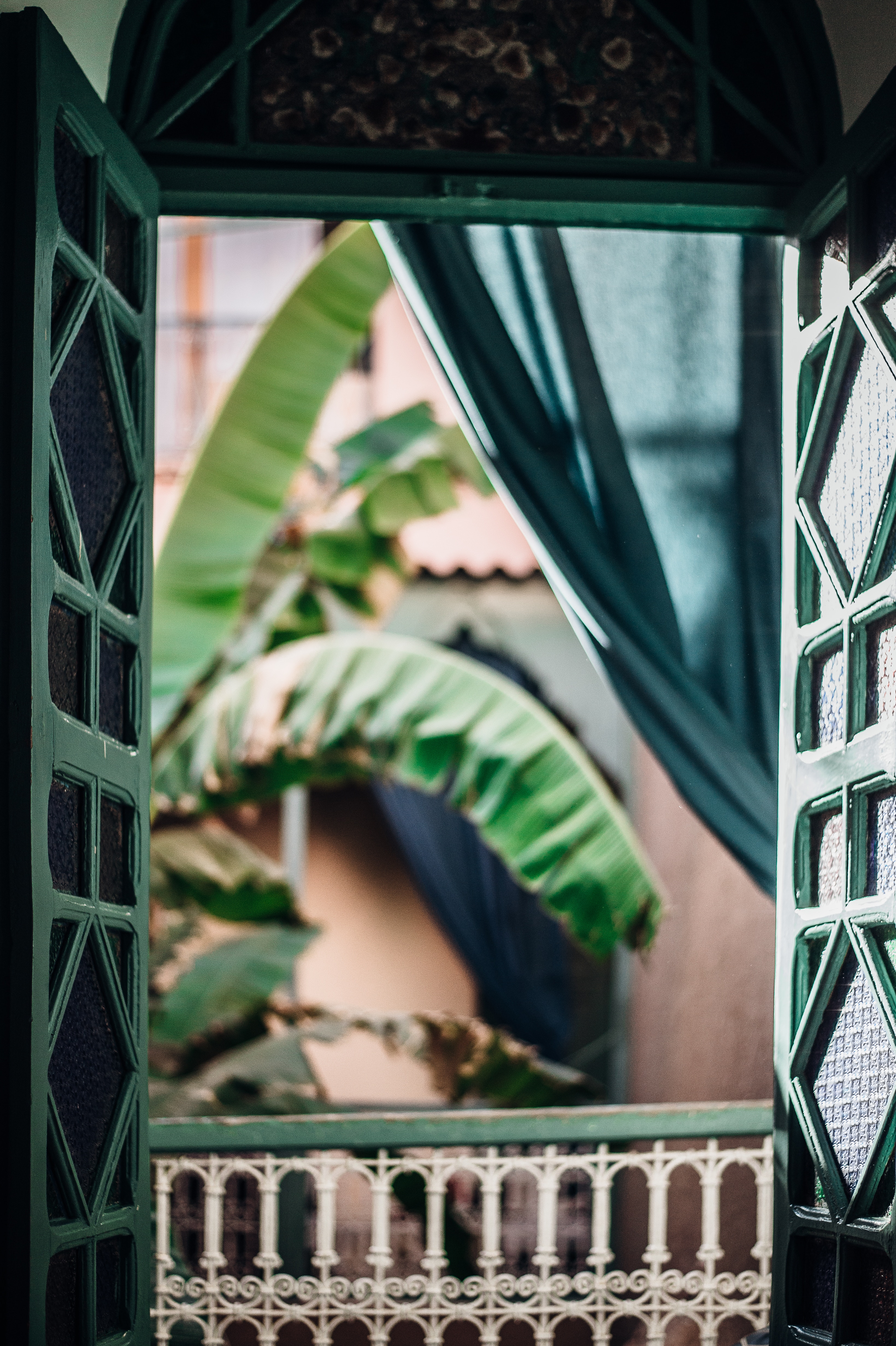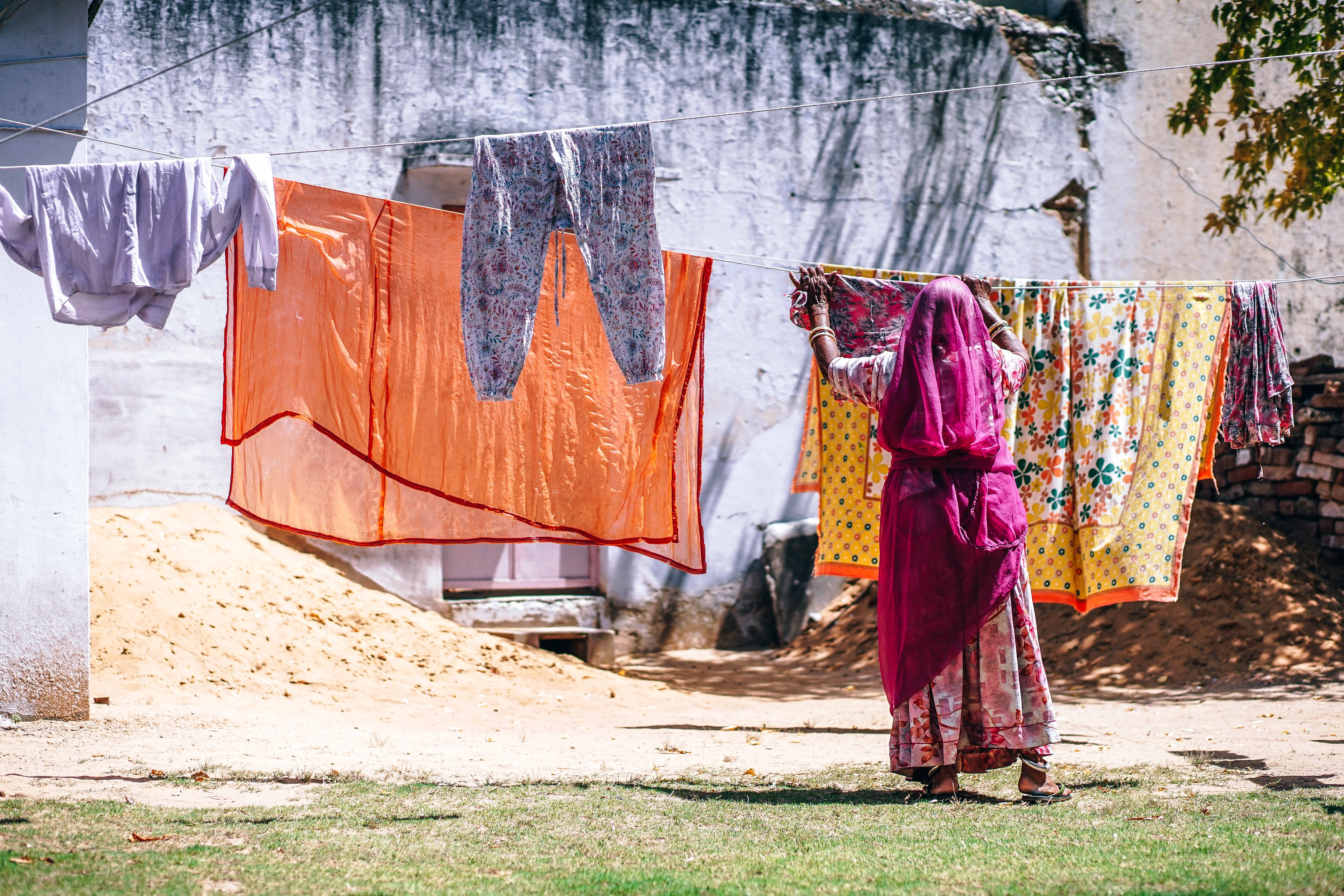(Disclaimer about this article, I’m a white western woman who hasn’t lived these experiences myself, though I have studied them. If I miss anything out or could word it better, please tell me and I will amend. And if this is something you have direct experience of and would like to talk about, Ethical Unicorn would be happy to share you story – get in touch here.)
With the dawn of a new year comes a whole load of resolutions. And in amongst them, more people committing to making more ethical fashion choices in 2018. Whether this be buying more secondhand, fair trade or sustainably produced, the space for sustainable and ethical fashion is growing, alongside those pledging to get involved.
This, of course, is great news. Most of us in this sphere couldn’t help but notice how much more buzz there was around conscious practice in 2017, and the growing trend of willingness to make changes that align with our beliefs is encouraging. But there’s one element that I haven’t seen discussed that much, which is the interplay of culture, race and intersectionality within fair fashion.
Most of the world’s clothing, both fast fashion and sustainable fashion, is manufactured in countries that we would label ‘developing’ or ‘Global South’ (more info on that here). If a company isn’t specifically focused on local production then we can reasonably assume that it’s manufacturing in countries that are not western or majority white, (the difference being that if it’s an ethical company they should be being created in better conditions, with fair pay and benefits). There are also many ethical fashion companies that operate as middlemen, both partnering with artisans to give them access to wider audiences and often establishing a structure that involves wider investment into the community they’re working with.
So we have two main strands:
- Companies that simply manufacture amongst cultures that are different to the typical western consumer
- Companies that are selling items deliberately created with the aesthetics and techniques of varying non-western cultures
Either way, it’s important we don’t ignore this dynamic of difference.
I think if we want to commit to fairer purchasing in 2018, it’s also important that we resolve to learn about how our choices relate to societies outside of the west. While the economics inevitably varies between companies and countries, I think a good place to start is examining our choices and learning the difference between cultural appropriation and cultural appreciation. Because there are genuine ways that you can appreciate, value and support a culture that isn’t your own, and there are also ways you can exploit it.

What is cultural appropriation?
Dazed gives a good definition here:
‘Cultural appropriation is defined as a “sociological concept which views the adoption or use of elements of one culture by members of a different culture as a largely negative phenomenon”. Or, as I say, it’s picking and choosing which parts of a culture you want to participate in, often reducing significant cultural wear or styles to fashion statements. It’s wearing a hijab and bindi in a selfie without having to deal with the micro-aggressions many of us face while sporting the same attire. Especially with Islamophobia being pretty rampant right now, many hijabis face violent consequences for wearing things inherent to their culture, whereas someone posing in one is unlikely to suffer the same injustice.’
Essentially, cultural appropriation exists because of racism.
When we talk about racism we can think of prejudice and hate speech, but in reality racism is best defined as a structure of power in society. While prejudice is definitely part of racism, it’s simply one part. There is a larger structure at work, that all white people participate in, which results in people of colour being disadvantaged, discriminated against or endangered. We can see this in large and small ways; from police brutality, to unemployment, to representation in the media, to micro-aggressions. It all adds up, it’s all part of what racism is as a larger concept and structure.
This power structure makes itself abundantly clear when we look at cultural appropriation. It usually manifests as white people adopting aesthetic forms from the cultures of minorities and it being celebrated as a trend, while real minorities have been historically oppressed, and still affected today, for the same forms. The power balance is completely off.
‘True cultural exchange is not the process of “Here’s my culture, I’ll have some of yours” that we sometimes think it is. It’s something that should be mutual… as free as people should be to wear whatever hair and clothing they enjoy, using someone else’s cultural symbols to satisfy a personal need for self-expression is an exercise in privilege.‘ (source)
We see the strongest examples of this in fashion. Companies like Urban Outfitters and Free People have faced controversy for creating ‘Native American’ products with no consultation or true understanding of First Nation culture. This not only disregards and trivialises real people and sacred beliefs, it also directly profits off people that for hundreds of years were killed and abused (and still are) because of their culture. But now a white CEO profits from people wanting to play dress up and look like a Native American for a day, without having to deal with any of the lived violence or oppression that comes with actually being part of that culture. As scary mommy explains:
‘The people who Europeans and Americans stole from, enslaved and slaughtered, in the name of capital, continue to be exploited to this day, under the guise of “appreciation.” You can appreciate diversity without fetishizing it, and without contributing to the ongoing financial exploitation of the art and culture of colonized peoples.’
If you’re buying something from a different culture, and all that money is going into the pockets of white people who have no connection to that culture, you may be playing a part in appropriation. But there is a better way to do things.

So what is cultural appreciation?
There are some things that are never going to be ok, mainly if you’re using elements of a religion that’s not your own such as a bindi, hijab, or gele, because this reduces something sacred and important to a fashion statement. As a base rule, only wear these in specific contexts when you’ve been invited to wear them. For example a few years ago I was part of the bridal party in a Nigerian wedding, I wore traditional clothing and a gele, because I was asked to wear these things as part of participating in the ceremony . The difference is that I was specifically invited to take part in these elements of cultural practice from those within it, as opposed to simply trying to take something without consultation because I thought it looked cool.
‘there needs to be some element of mutual understanding, equality, and respect for it to be a true exchange…That’s what cultural exchange can look like – engaging with a culture as a respectful and humble guest, invitation only.’ (source)
Now that might seem difficult to you. You don’t want to offend anyone, you just like how henna looks and you want to get it done at that music festival. But here’s the thing: appreciating doesn’t always have to look like ownership.
When we talk about appreciation vs appropriation it’s never just about aesthetic, it inevitably becomes about power and economics too. We live in a world where we want to capture everything we appreciate, because this is what the capitalist model has taught us. Whatever we want, we can buy. If we like the look of something, we can photograph it whenever we want. But learning to truly appreciate something means learning to be respectful of boundaries. It’s exactly the same as moving from fast to fair fashion, it requires a perspective shift. This time, the shift is recognising that you aren’t entitled to own everything you like, nor do you need to. When we learn how to really appreciate culture, it opens us up to a much more holistic way of living. Just like conscious consumption encourages us to step away from constant buying, we can learn to appreciate the beauty of something without needing to own or emulate it. Instead, why not tell someone how beautiful they look? Make it a habit to really appreciate people instead of trying to become a caricature of their image; use your appreciation as the first step to making a meaningful connection or starting a conversation where you could learn something about the hair, clothes or cultural choices of others, instead of trying to take them for yourself.
When it comes to other items, for example designs from First Nations people, South American or African countries, there is a way that you can show your appreciation and still own these items, if they are freely offered to you. When you want to buy something, ask the following:
“Am I reducing this to a fashion statement? Are people of this culture the ones who are profiting off of this? Am I in an environment where this is appropriate?” (source)
Look into who ultimately owns the thing you’re buying and where the money goes. With cultural appropriation, someone is nearly always profiting off a culture that isn’t theirs (just google the CEO of Urban Outfitters/Free People). If you want to buy something that comes from a culture outside of your own, look for fair trade, artisan made products that are created to be shared with a global audience. There are multiple ways you can buy directly from artisans or fair trade marketplaces that bring multiple creators together. There is literally a world of options online. When your purchase gives artisans a fair wage, you contributes to sustainable economic development and growth within these cultures and communities, as opposed to belittling, exploiting and stealing from others. Instead of companies manipulating power imbalance for cheap prices and profit, you can choose to buy from organisations that work to right the balance of power.
Great examples are Discovered’s artisan marketplace or Megumi Project’s upcycling of kimonos.

Another great way to appreciate other cultures is to actively make an effort to really learn about them (For example, did you know that dream catchers were created by the Ojibwe people specifically?) The more we understand, the more we are able to treat others like real human beings and to behave with the right degree of sensitivity and care. Understanding cultural significance, value and practice helps us appreciate the true diversity of those around us, instead of pigeon holing and reducing others. Really appreciating culture is about moving beyond the aesthetic, instead truly understanding perspectives and lifestyles that look different to our own.
Basically, we can appreciate culture, history and the world around us without wearing it on our bodies. We can use the desire in us to appreciate other cultures as a fuel to learn and discover more, leading to true appreciation and expanded understanding.
If you have thoughts, questions or experiences of your own, feel free to contact me and we can chat more about this!







5 Comments